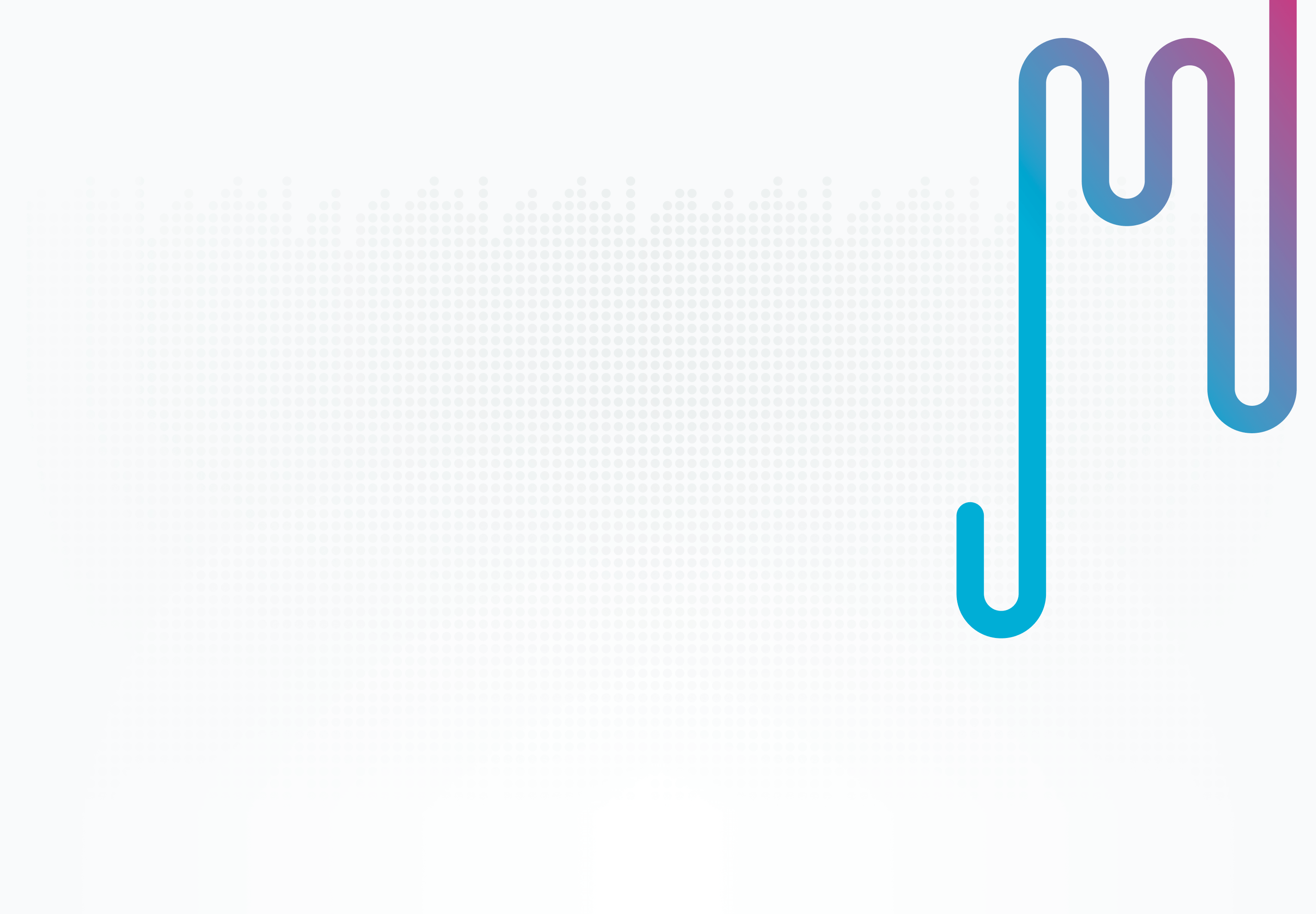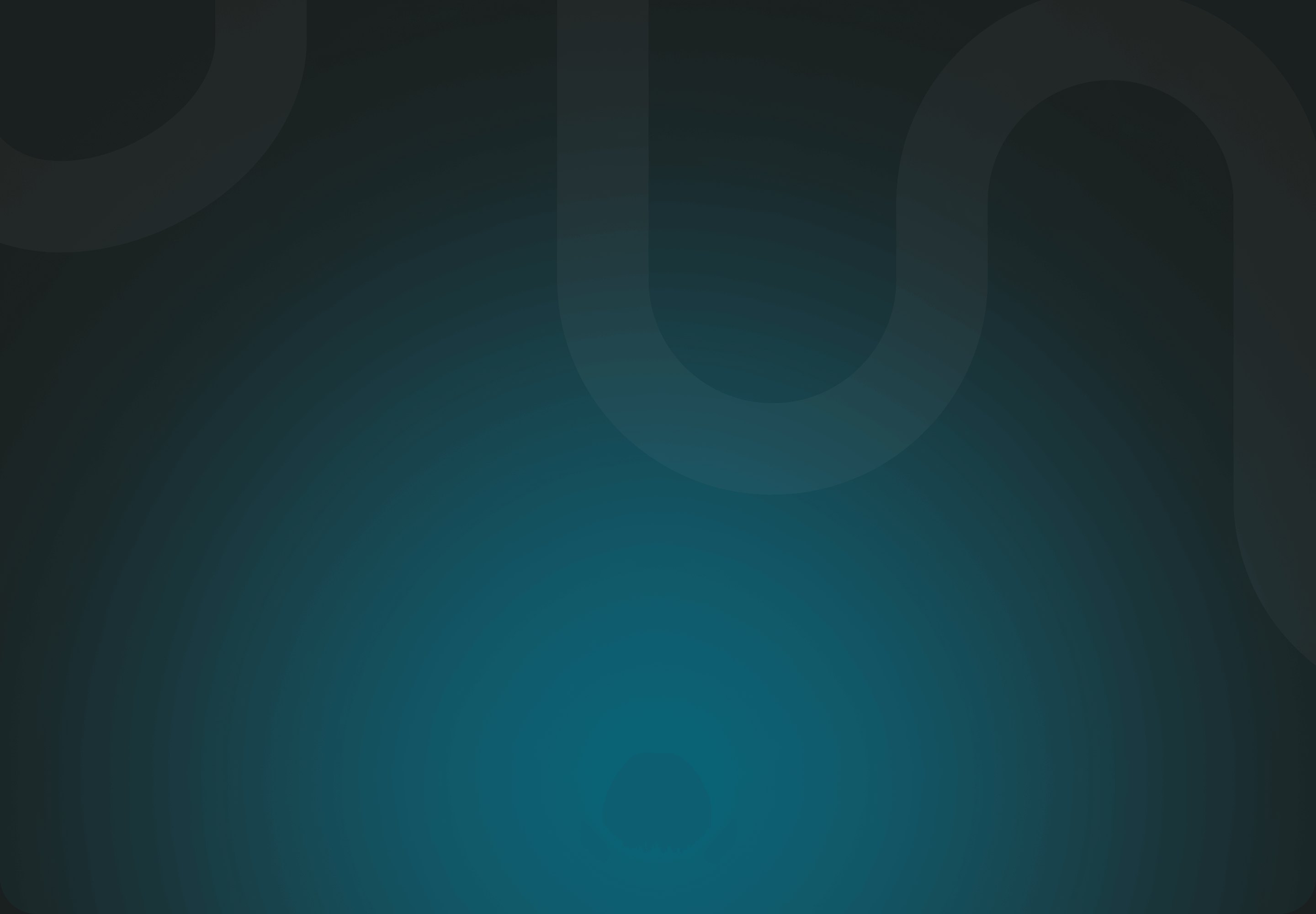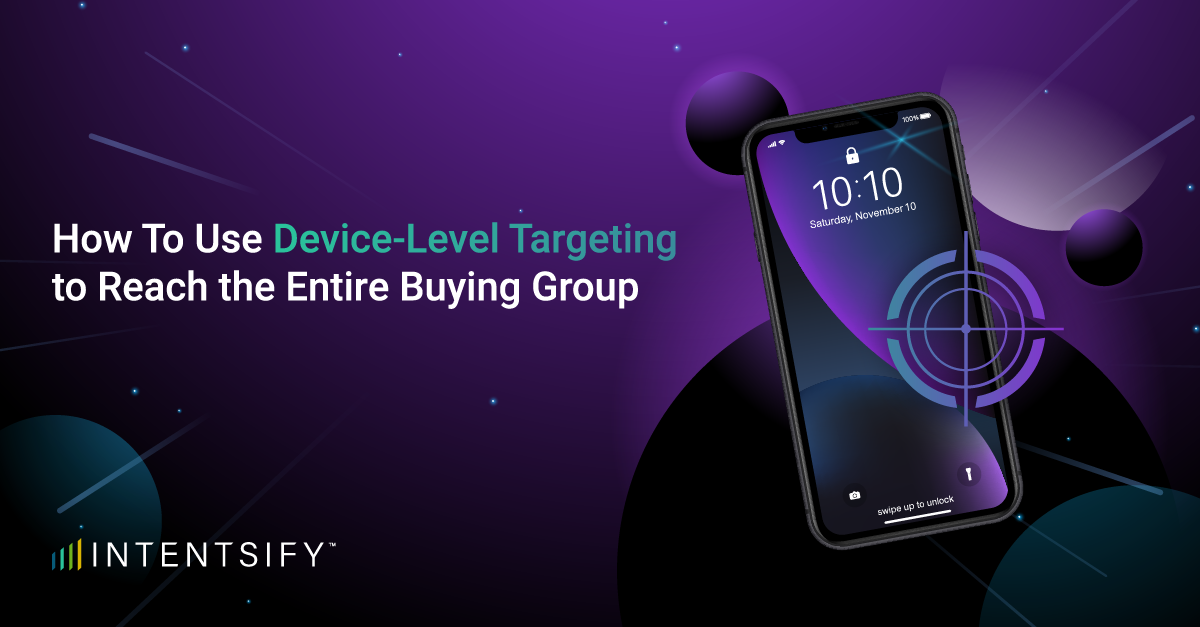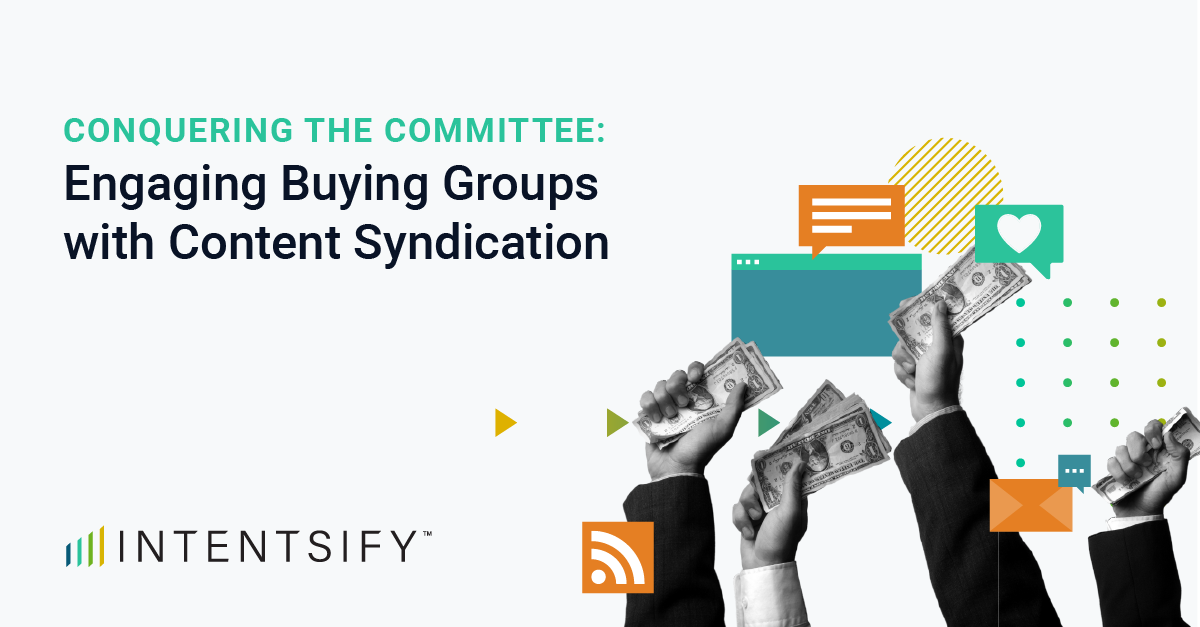Webinars help you connect with potential buyers, build relationships over time, and give your sales team the kind of insights you just can’t get from a form fill. Whether you’re creating webinars for lead generation or pushing deals closer to the finish line, you’ll gain that extra edge.
Here’s how to make them work smarter for lead gen and pipeline acceleration.
Fun Facts:
- Over 50% of marketers say they get the most high-quality leads from webinars, according to Demand Gen Report.
- The webinar market is growing quickly, tripling from 1.5 billion in 2020 to 4.44 billion (estimated) in 2025, per Research and Markets.
Why Webinars Still Deserve a Spot in Your Strategy
Webinars have stuck around for a reason. When people show up (and they will), they’re giving you time and attention: two things that are pretty hard to come by these days.
Plus, webinars let you:
- Spot buying intent early: Registration alone signals interest.
- Gather first-party data: Polls, Q&A, and in-session engagement reveal what leads actually care about.
- Scale easily: One session can reach a handful or hundreds without extra lift.
- Create evergreen content: Your live event becomes an on-demand asset that continues working behind the scenes.
It’s not just about the event. It’s about what you do before, during, and after that really drives results.
Match Your Topic to the Funnel
Your audience’s place in the funnel should guide your content. One-size-fits-all webinars? Not the move.
Top-of-funnel leads need big-picture, helpful content. You’re building awareness and trust, not selling just yet.
Mid-funnel leads want depth. They’ve already shown interest (maybe from a white paper or content syndication), so now’s the time to keep them engaged and educated.
Bottom-of-funnel prospects are close to buying, so they need reassurance, proof, and clarity.
Here’s how that plays out:
Top-of-Funnel: Keep It Educational
Think broad, timely topics like:
- “What’s Actually Working in B2B Marketing Right Now”
- “AI + Your Pipeline: How to Use It Without the Overwhelm”
These pull in fresh leads and position your brand as a trusted resource.
Mid-Funnel: Nurture With Depth
This is your chance to say, “Hey, we’ve got more where that came from.” If a lead downloaded something via content syndication, invite them to:
- Product walkthroughs
- Use case breakdowns
- Strategy sessions with experts
You’re building momentum. Don’t let it stall.
Bottom-of-Funnel: Accelerate the Close
These folks are already interested. Help them feel confident and informed by offering:
- Customer success stories
- Implementation Q&As
- Hands-on “how to get started” sessions
Webinars can handle objections, show value, and give that final push.
How to Choose a Webinar Topic That Attracts (and Converts)
If your topic isn’t interesting, no one’s signing up. So how do you choose something that pulls in the right audience and sets your sales team up for success?
Start by asking a few key questions:
- What’s keeping your audience up at night? Think real-world problems your product or service helps solve.
- What questions are your sales team getting over and over? Those make excellent topics for late-stage webinars.
- What content has performed well in the past? Use top-performing blog posts, white papers, or social content as inspiration.
- What trends are popping up in your space? A hot industry topic can skyrocket your attendance.
Still stuck? Try these go to topic types:
Educational “How-To” Sessions
Perfect for top-of-funnel awareness and trust-building.
Examples:
- “How to Build a Stronger B2B Pipeline in 2025”
- “Getting Started with Intent Data: A Beginner’s Guide”
Thought Leadership & Trends
Great for sparking conversation and positioning your brand as a trusted voice.
Examples:
- “What’s Next in B2B Demand Gen”
- “The Future of Sales and Marketing Alignment”
Product-Focused Webinars
These work best for mid- to bottom-funnel leads who already know who you are.
Examples:
- “Live Demo: How Our Platform Helps You Prioritize High-Intent Accounts”
- “Real Customers, Real Results: A Deep Dive into Our Latest Case Study”
Interactive Panels or Roundtables
Ideal for ABM or executive-level outreach, plus they’re super engaging.
Examples:
- “Ask Me Anything: Intent Data Experts Answer Your Burning Questions”
- “CMO Roundtable: What’s Working (and What’s Not) in 2025”
Pro tip: No matter the format, make sure your topic delivers on what it promises. If the title says “how to improve pipeline efficiency,” make sure attendees walk away knowing exactly how to do that.
How to Structure a Webinar That Actually Keeps Attention
No one wants to sit through a boring slideshow. Your structure matters more than you think.
Here’s a simple, effective flow:
Open strong (first 2 minutes)
Welcome people, set the tone, and quickly explain what they’ll get out of it.
Engage early
Kick things off with a poll or chat prompt. It gets people involved and gives you insights to use later.
Main content (20 to 30 minutes)
Keep slides light and visuals high-impact. Share real stories, demos, or use cases.
Q&A (10 to 15 minutes)
Open the floor. Address objections, dive deeper into topics, and let your expertise shine.
Wrap up with a CTA
It doesn’t have to be a hard sell. Just guide them to the next step, like booking a demo or checking out more webinars.
How to Keep Webinar Attendees Engaged (So They Don’t Zone Out)
Getting someone to register is only half the battle. Now you’ve got to keep them interested. The good news? You don’t need flashy animations or over-the-top presentations. You just need to make it feel like a two-way conversation, not a lecture.
Here’s how to keep attendees engaged from start to finish:
Open with a warm welcome
Set the tone early. Let attendees know what to expect, how long the session will run, and how they can participate (Q&A, polls, chat, etc.).
Ask a poll in the first few minutes
This gets people interacting right away and gives you helpful data. Ask something like:
- “Where are you in your buying journey?”
- “What’s your biggest challenge right now?”
You can reference the results live or use them to shape the Q&A later.
Use the chat feature
Encourage attendees to drop questions or thoughts in the chat throughout. A co-host or moderator can help keep the convo flowing, especially if the presenter is focused on delivering content.
Keep your slides light and visual
Stick to key points, charts, and visuals. And when possible, show instead of tell. Live demos, product walk-throughs, or examples make everything more engaging.
Break things up
Add a quick story, mini recap, or transition slide every few minutes to reset attention. Webinars that feel like one long monologue tend to lose people fast.
Save time for live Q&A
This is where real magic can happen. Let people ask specific questions and go off-script a little. It’s often the most memorable part of the session, and it gives you insights you can use for follow-up and future content.
Bonus: Tease something exclusive
Want people to stay till the end? Let them know you’re saving something special for the final few minutes, like a downloadable resource, sneak peek, or limited-time offer.
Getting People to Show Up
You’ve got your topic, speakers, and structure. Now what? You need people to actually register and attend.
Use a multichannel promo plan:
- Email invites and reminders
- LinkedIn posts from your team
- Paid ads for broader reach
- Personalized outreach for target accounts
And don’t forget to invite content syndication leads. They’ve already shown interest by downloading something, so they’re prime candidates for webinar follow-up.
Make it easy to register (no long forms!) and consider offering a small incentive if it fits your audience.
Post-Webinar = Prime Time for Nurturing
Here’s where some brands drop the ball. Don’t let your webinar end when the session does.
What to do next:
- Send personalized follow-ups: Separate emails for attendees, no-shows, and those who asked questions.
- Share the recording and extras: Include slides, blog links, and related content.
- Score leads by engagement: Use behavior data to move hot leads forward (and nurture the rest).
- Repurpose clips for social and email: Turn the best moments into snackable content you can reuse again and again.
Oh, and always invite them to your next event. Keep the momentum going.
Bonus Tip: Get Sales Involved
Webinars aren’t just for the marketing team.
Here’s how to loop in sales:
- Share upcoming webinars with your BDRs/SDRs so they can invite leads directly.
- Use customer story webinars as social proof during deal conversations.
- For ABM, offer small exclusive sessions just for key accounts.
Think of webinars as a team sport. Marketing creates the content, and sales use it to spark genuine conversations.
Don’t Let Your Webinar Die on Zoom
The best part about using webinars? They’re content machines ready for content repurposing.
After the live session, turn the recording into:
- A gated asset in your resource library
- Blog posts or recap articles
- LinkedIn video clips
- Quote cards or infographics
- Targeted nurture emails
If you treat webinars like multi-use content instead of one-time events, you’ll see way more ROI.
Want to See Some Great Webinars in Action?
Need some ideas? Or want to binge-watch high-value B2B sessions?
Check out our on-demand webinar library. You’ll find practical advice on everything from demand generation to intent data strategies—plus examples of how we structure webinars that actually convert.






